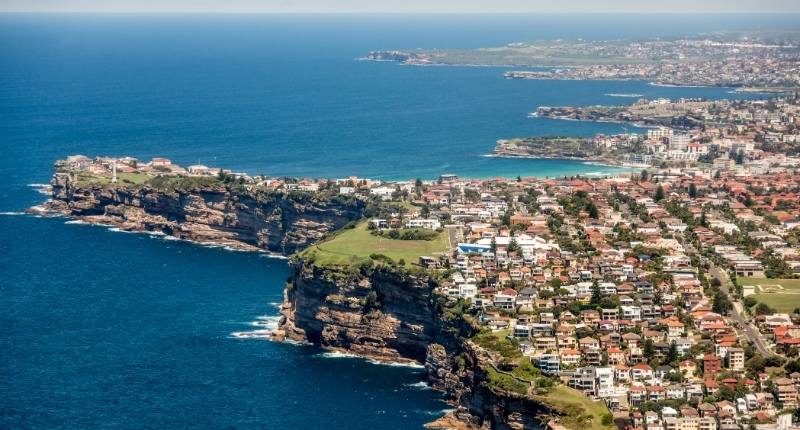- Joint study with CoreLogic shows average dwelling prices rose by 400% (1990-2021)
- Average mortgage provided by Aussie has increased 13-fold
- Aussie CEO says many Australian are benefiting from larger inheritances
Mortgage broker Aussie has announced its average settlement value increased thirteen-fold since collecting data back in the mid-’90s.
In 1995, the average settlement value was $36,282, and since then mortgages provided by Aussie have continuously increased.
In 2000, for example, this figure increased to $136,104 before reaching $301,572 in 2010. In 2021, this figure stands at $473,609.
Unsurprisingly, this increase is concurrent with that of rising property values across Australia.
Last week, we reported on the Real Estate Institute of Australia’s (REIA) findings that the median price for Australian property has increased from $160,000 in 1996 to $825,000 in 2020 – a 500% increase.
In terms of average values, a joint study by mortgage broker Aussie and CoreLogic has revealed that the average dwelling price is up more than 400% – $141,468 in 1990 to $581,806 in 2020.
Aussie CEO James Symond, who co-founded the mortgage broker with his uncle John Symond back in 1992, said the study shows that property has stood out over the past three decades, with values of both houses and apartments steadily increasing.
He added that owner-occupiers reap the benefits of this long-term growth that is, of course, free of capital gains tax.
“There is very strong evidence that there are high levels of equity in owner-occupied properties, building the wealth of owners but also providing them with flexibility to invest, a buffer against headwinds in their lives and wealth to pass on their children.”
James Symond, CEO Aussie Home Loans
Mr Symond in particular believes factors such as large population growth and the ageing population has contributed to the dramatic increase in house prices.
“There is no doubt that the large cities have experienced strong population growth over the last three decades and it is a simple demand and supply equation that is lifting the values of both houses and apartments,” said Mr Symond.
“Owner-occupied dwellings has become the country’s most potent asset class and as the average age of the population grows older, children can expect to benefit from the equity built up by their parents over the years through inheritance.”
“Meanwhile the older Australian owners can also access the equity they have built up to downsize either in their city or town, invest or help their children put a roof over their own heads – a growing trend we are seeing across Australia.”
James Symond, CEO Aussie Home Loans








